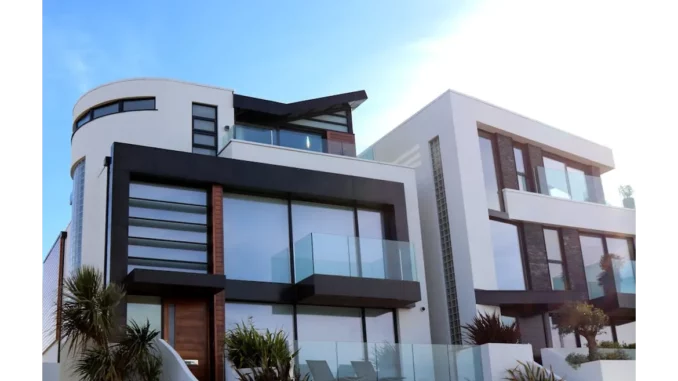
In the ever-evolving landscape of sustainability, buildings and urban developments play a pivotal role. As I sat down with Emily Carter, a seasoned sustainability consultant, I was eager to delve into the intricacies of how sustainability goals are adhered to, particularly through the lens of BREEAM RFO (Refurbishment and Fit-Out). Emily’s rich experience provides a fascinating glimpse into the core benefits of this assessment method, especially its focus on energy efficiency.
Discover how Focus360 Energy can help with BREEAM certification.
Emily exudes a calm confidence, her passion for sustainable architecture evident in every word. “Sustainability isn’t just a buzzword; it’s a necessity,” she begins, her eyes bright with conviction. “In the realm of building and construction, adhering to sustainability goals isn’t just about ticking boxes. It’s about genuinely improving the quality of life for occupants and reducing environmental impact.”
Our conversation naturally gravitates towards BREEAM RFO, a framework that Emily regards highly. “BREEAM RFO is comprehensive. It evaluates the performance of buildings that are undergoing refurbishment or fit-out, ensuring they meet high sustainability standards,” she explains. “One of its standout features is its emphasis on energy efficiency.”
Emily elaborates on how BREEAM RFO optimises energy performance. “The process starts with a thorough assessment of the building’s current energy usage. We look at everything from insulation to the efficiency of the heating and cooling systems,” she notes. “A lot of people underestimate the power of proper insulation. It’s not just about keeping warm in the winter or cool in the summer; it’s about maintaining a consistent, comfortable environment with minimal energy wastage.”
She recounts a recent project where the implementation of BREEAM guidelines led to significant improvements. “We took a fairly outdated commercial space and transformed it into a model of energy efficiency,” Emily recalls with a smile. “By upgrading the insulation and installing energy-efficient lighting and HVAC systems, we managed to cut energy consumption by nearly 30%. It was a huge win for the client and the environment.”
The conversation shifts to the broader implications of these energy savings. “It’s not just about cutting costs,” Emily emphasises. “Of course, lower energy bills are a great incentive, but the real impact is on carbon emissions. Every unit of energy saved is a step towards reducing the building’s carbon footprint. It’s about making a tangible difference.”
Emily’s insights extend beyond the technical aspects. She passionately believes in the ripple effect that sustainable building practices can have on communities. “When we improve the energy efficiency of a building, it’s not just the building that benefits. The surrounding community feels the impact too,” she says. “Lower energy consumption means reduced strain on the local power grid and fewer emissions, which contributes to cleaner air and a healthier environment.”
The discussion turns to the future of sustainability in building practices. Emily is optimistic but realistic. “There’s still a lot of work to be done,” she admits. “But with frameworks like BREEAM RFO, we’re on the right path. They provide a structured approach to sustainability that’s adaptable and effective.”
As we wrap up our conversation, Emily leaves me with a powerful thought. “Sustainability isn’t a destination; it’s a journey. Every project, every building, is a step along that path,” she muses. “And as stewards of the built environment, it’s our responsibility to ensure that step is in the right direction.”
In recounting Emily’s experiences and insights, it becomes clear that the benefits of adhering to sustainability goals, particularly through frameworks like BREEAM RFO, are profound. They not only enhance the efficiency and performance of buildings but also contribute to a broader vision of a sustainable future. For those involved in the built environment, embracing these principles is not just beneficial; it’s essential.
Lewis Davis


Be the first to comment